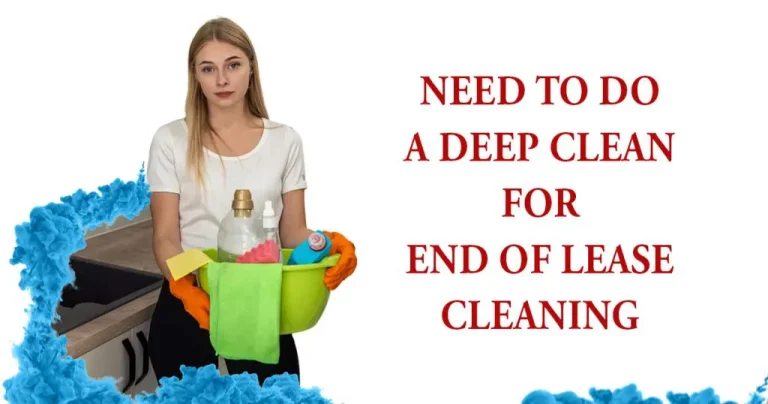Table of Contents
Water damage is one of those issues that can sneak up on you. One day everything seems fine, and the next you’re stepping onto a soggy carpet or spotting an unexplained stain on the ceiling. It’s not just inconvenient—it can be dangerous, costly, and incredibly stressful to deal with. Understanding the benefits of professional restoration can make all the difference, from faster recovery and mold prevention to saving money in the long run by avoiding further damage.

Understanding how water damage happens, what to look out for, and how the restoration process works can make a huge difference in how quickly you recover and how much damage you prevent. Whether you’re dealing with minor leaks or full-blown flooding, knowing the facts puts you in control. One crucial part of the restoration process that is often overlooked is carpet steam cleaning, which helps eliminate moisture, prevent mold growth, and restore your carpets to their original condition after water exposure.
Why Acting Fast Is Crucial
Water damage spreads quickly and quietly. Within the first hour, moisture starts soaking into anything porous—wood, drywall, insulation, fabric. If not addressed, this creates the perfect environment for mold, bacteria, and long-term structural problems.
That’s why calling in emergency water damage restoration professionals is often the first step. These specialists are trained to respond quickly, assess the situation thoroughly, and begin drying, cleaning, and repairing immediately to stop the damage from worsening.
But before it even gets to that point, it helps to understand where water damage tends to start in the first place.
Where Water Damage Begins
Water can find its way into a home in several ways, and not all of them are dramatic. Some of the most serious cases begin with tiny leaks that go unnoticed for weeks or even months, eventually requiring the help of a professional water damage restoration company to assess the situation and repair the hidden damage effectively.
Leaking or burst pipes
Older pipes can crack or corrode, especially in colder climates where freezing and thawing cycles are common. Even a slow leak behind a wall can cause wood rot, mold growth, and foul odours.
Older pipes can crack or corrode, especially in colder climates where freezing and thawing cycles are common. Even a slow leak behind a wall can cause wood rot, mold growth, and foul odours. For more detailed guidance, you can learn about plumbing work in your home and what tasks can be performed by homeowners.
Faulty appliances
Washing machines, dishwashers, water heaters, and even fridges can cause significant water damage if a hose splits or a valve fails. These appliances often sit in areas that are not regularly inspected, allowing leaks to go unnoticed.

Roof damage
If a roof has missing shingles, cracked flashing, or clogged gutters, rainwater may seep in. This often goes undetected until damage appears on interior ceilings or walls.
Poor drainage
If your landscaping or gutters don’t direct water away from your home, it may pool near the foundation. Over time, that moisture can penetrate basement walls or crawl spaces.
Natural flooding
Heavy rains or storms can overwhelm drainage systems and force water into your home. In flood-prone areas, this is a recurring risk that requires long-term preventative measures.
Subtle Signs of Water Damage
In some cases, water damage is obvious—a burst pipe or a flooded basement. But often, it’s more subtle. Homeowners who recognize the early signs can act before things get worse.
Peeling or bubbling paint
Walls that are exposed to moisture will start to show signs like bubbling paint or wallpaper that’s coming loose.
Musty smells
A persistent damp or earthy smell, especially in basements or bathrooms, often points to hidden moisture.
Stains or discoloration
Brown or yellowish stains on walls or ceilings usually indicate past or ongoing leaks.
Warped flooring
Wood, laminate, or vinyl flooring can swell, shift, or buckle when exposed to water underneath.
Unusual sounds
Dripping, running water sounds when nothing is in use might mean a leak inside your walls.
If you see (or smell) any of these signs, don’t ignore them. The longer water is allowed to linger, the more expensive and complex the repair will become.
The Restoration Process Step by Step
If your home suffers water damage, it’s not just about drying the floors and calling it a day. True restoration involves a carefully planned and executed process designed to fully return the space to a safe and livable condition.
Assessment and inspection
The first step is figuring out the extent of the damage. Professionals use moisture meters, infrared cameras, and visual inspections to locate all the affected areas, even ones hidden behind walls or under floors.
Water removal
Using commercial-grade pumps and vacuums, restoration crews quickly remove standing water. This step helps reduce further damage and prepares the area for drying.
Drying and dehumidifying
Once the bulk of the water is gone, industrial fans and dehumidifiers are brought in to remove moisture from the air and surrounding materials. This step can take several days and is crucial in preventing mold.
Cleaning and sanitizing
Water damage often brings contamination, especially if the source was a sewer backup or natural flood. Surfaces are cleaned and disinfected to ensure the area is safe for occupants.
Repairs and rebuilding
Depending on the severity, this might mean patching drywall, replacing flooring, or even tearing out and rebuilding entire sections of a home. The goal is to restore the space to its original condition—or better.
Final testing
Moisture levels are checked again to ensure everything is fully dry and safe. Only then is the job considered complete.

What You Can Do to Reduce Future Risks
No home is completely immune to water damage, but there are smart steps homeowners can take to lower the chances and catch issues early.
Inspect plumbing regularly
Look under sinks, behind appliances, and around exposed pipes. Replace old or damaged hoses and fixtures before they fail.
Keep your roof in good shape
Check for missing or loose shingles, especially after storms. Clean out gutters and ensure downspouts direct water well away from your home.
Install leak detectors
Smart water sensors placed near appliances or under sinks can alert you to leaks early, sometimes before visible damage occurs.
Know where your shut-off valve is
In the event of a pipe burst, shutting off your home’s water supply quickly can prevent hundreds or thousands of litres of water from flooding your space.
Consider grading and drainage
Ensure the ground slopes away from your home’s foundation. If water tends to pool, regrade the area or install drainage solutions.
Final Thoughts
Water damage may not seem like a threat until you’re dealing with it firsthand, but being prepared can spare you a lot of heartache. Understanding how water enters the home, what signs to watch for, and how the restoration process works puts you in a much stronger position to respond effectively. Partnering with a professional cleaning company can also ensure that the affected areas are thoroughly cleaned, dried, and restored, reducing the risk of long-term damage.
Not all emergencies can be prevented, but knowing what to do next can make a huge difference in the outcome. With timely action, professional help, and a few preventative habits, you can protect your home—and your peace of mind—from the effects of water damage.
Consistent Clean You Can Rely On
Life gets busy—your cleaning routine shouldn’t. With Dirt2Tidy’s regular cleaning services, enjoy a spotless home without lifting a finger.
✅ Flexible weekly or fortnightly plans
✅ Same trusted cleaner each visit
✅ Perfect for homes, apartments & shared spaces
👉 Keep your home effortlessly clean—book today!
📞 1300 789 178 | 🌐 Schedule Your Clean
✨ Because a clean home is a happy home.





